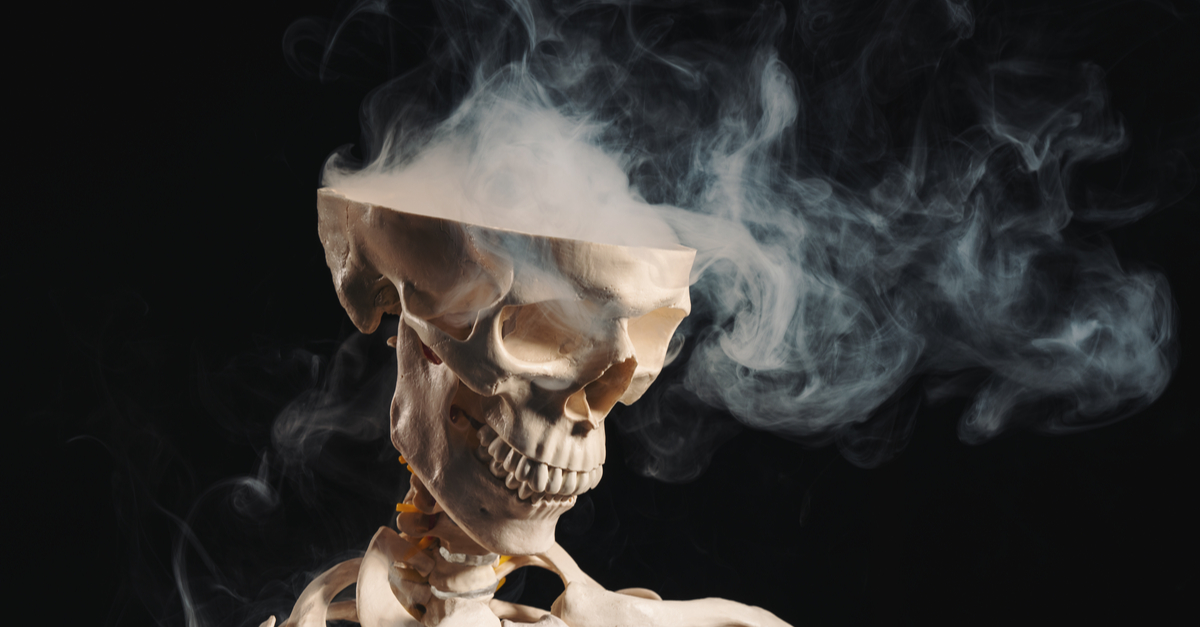One of the questions most commonly asked by addicts of all types and their loved ones is: “Why is it so hard to stay sober?” To answer this question, we must first understand the ways in which addictions (of all types) affect the human brain.
- In a normal, healthy, non-addicted brain, a small portion of the brain known as the nucleus accumbens controls the experience of pleasure. For simplicity, this region is sometimes referred to as the brain’s “pleasure center.”
- The pleasure center is activated when we engage in naturally occurring, life-affirming stimuli such as eating, being sexual, and helping others. These activities are rewarded because they ensure survival of both the individual and the species.
- This pleasure response is two-pronged, involving the release and reception of various neurochemicals—mostly dopamine, but also adrenaline, serotonin, oxytocin, endorphins, and a few others.
- Some brain cells release these neurochemicals, other brain cells receive them, and both actions need to occur before we experience pleasure. It’s like a lamp. It doesn’t turn on until you plug it in and complete the electrical circuit.
- When pleasure is experienced, the pleasure center tells the mood, memory, and decision-making regions of the brain how much it enjoyed eating, or being sexual, or helping a friend, or whatever. This encourages us to engage in these life-sustaining activities again in the future.
That’s awesome, right? Intelligent design at its finest.
Unfortunately, the pleasure center can be manipulated. For instance, addictive substances and behaviors also stimulate the system. Except they overstimulate it, causing the release of two to ten times the usual amount of pleasure-inducing neurochemicals. That’s a big blast of pleasure juice! And, as occurs with other pleasurable experiences, this enjoyment-related information is transmitted to the brain’s mood, memory, and decision-making regions.
Is it any wonder that we sometimes want to go back for more, more, and more?
Sadly, that’s only the first part of the addiction story. And it’s not even the ugly part. The ugly part is this:
- The brain is highly adaptive, able to “heal itself” based on the inputs it receives and the actions it takes. So, when the brain is repeatedly overstimulated, as occurs with an addiction, it recognizes the ongoing neurochemical imbalance and adjusts (heals) by reducing the number of cells that release and/or the number of cells that absorb pleasure related neurochemicals.
- As the brain adjusts in this fashion, addictive substances and behaviors become less effective, so an addict must use more of a substance or behavior, or a more intense substance or behavior, to achieve the “high” that he or she desires. And then the pleasure center adjusts yet again!
- Despite this continual loss of the ability to experience pleasure, the mood, memory, and decision-making regions expect the same pleasurable rush. Thus, the addict feels compelled to engage in his or her addiction—despite the loss of in-the-moment pleasure.
- Eventually, the addiction no longer gets the addict high. At best, it gets the addict back to zero. When addiction hits this unpleasant stage, the addict is simply “feeding the beast.”
In this way, liking an addictive substance or behavior transforms into wanting/needing an addictive substance or behavior, and compulsion takes over. So, even though the addictive stimulus (drugs, alcohol, sex, romance, gambling, etc.) no longer provides the level of pleasure it once did, an addict wants and needs to continue using. This, and not a lack of willpower, is why it’s so hard for recovering addicts to stay sober.
